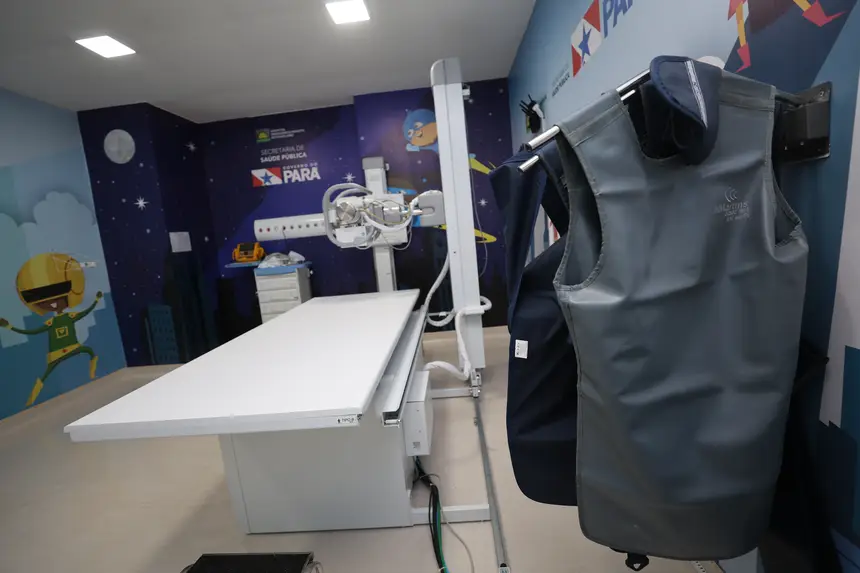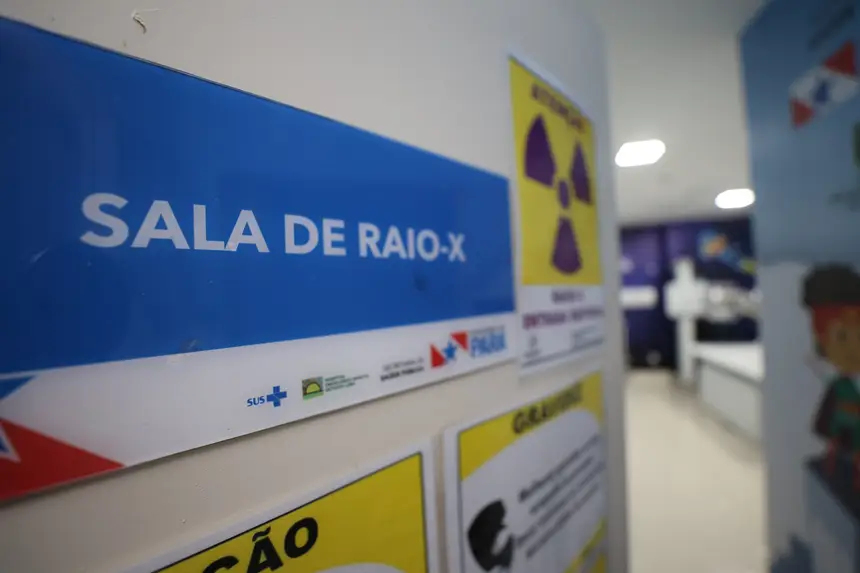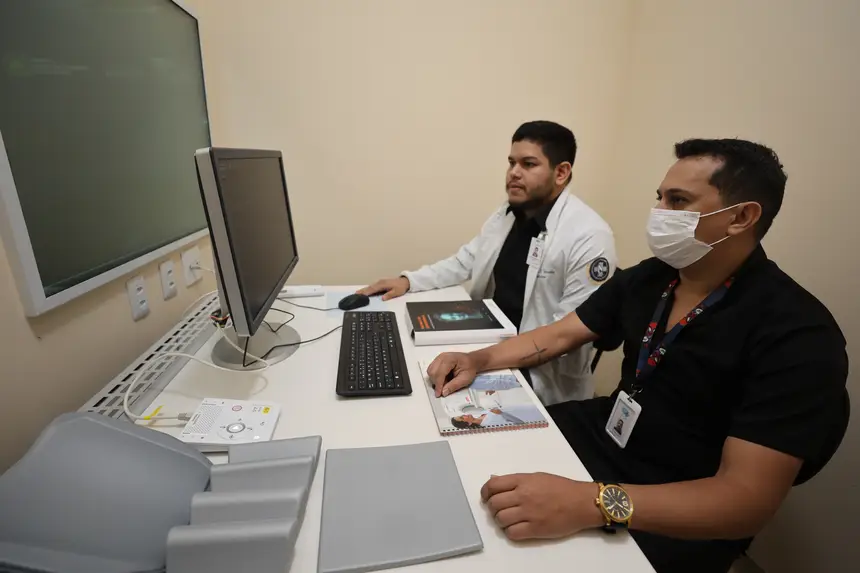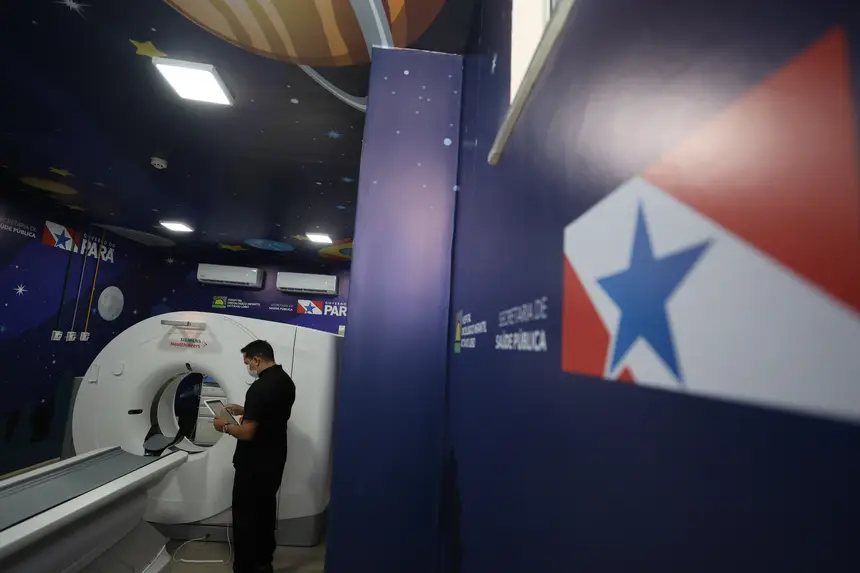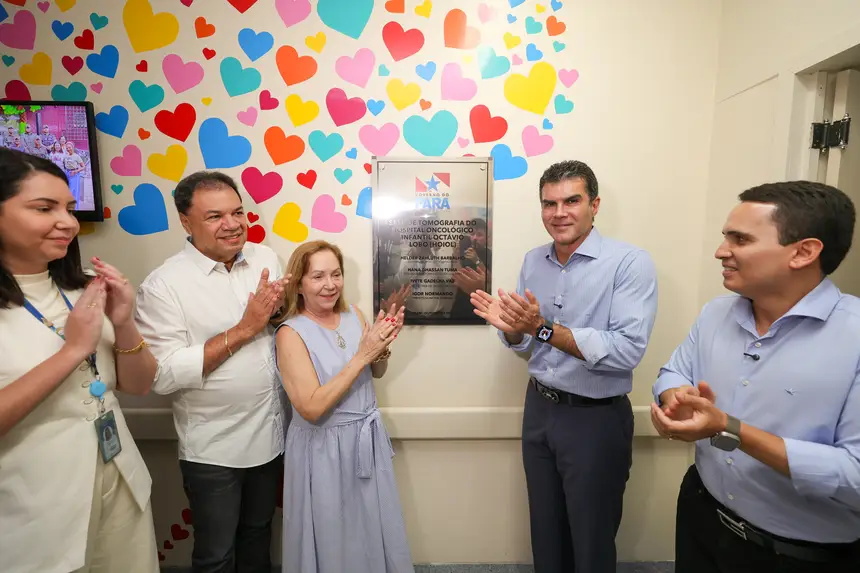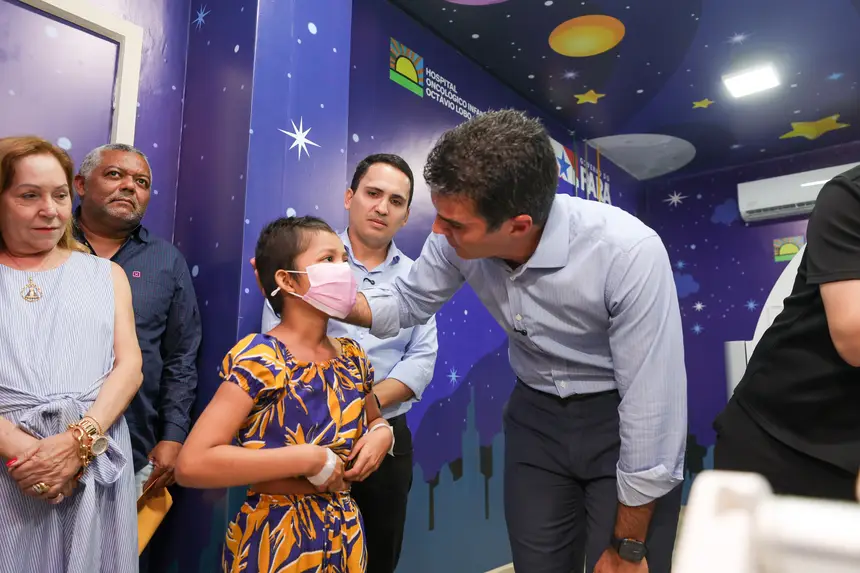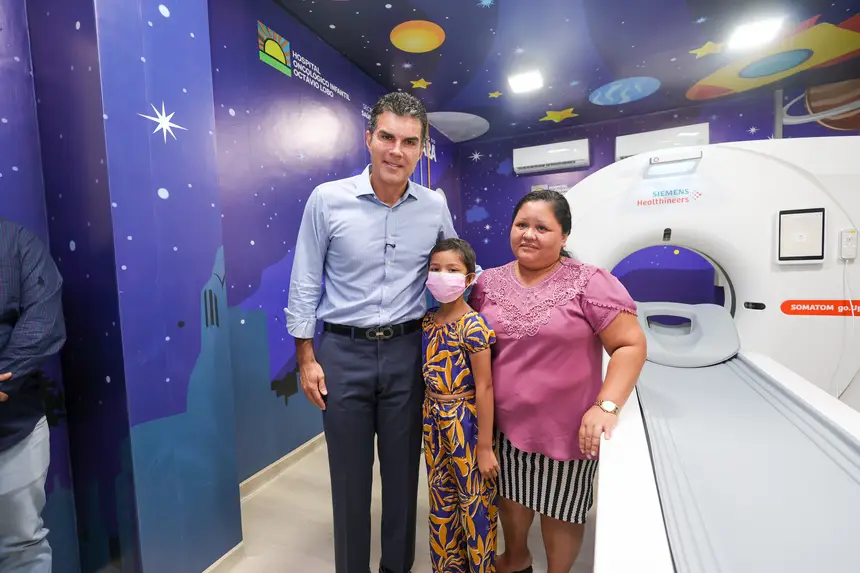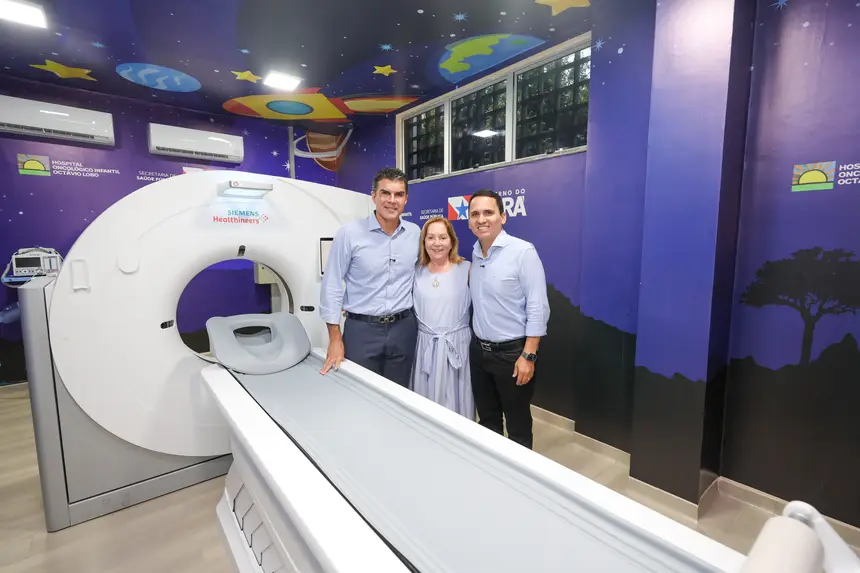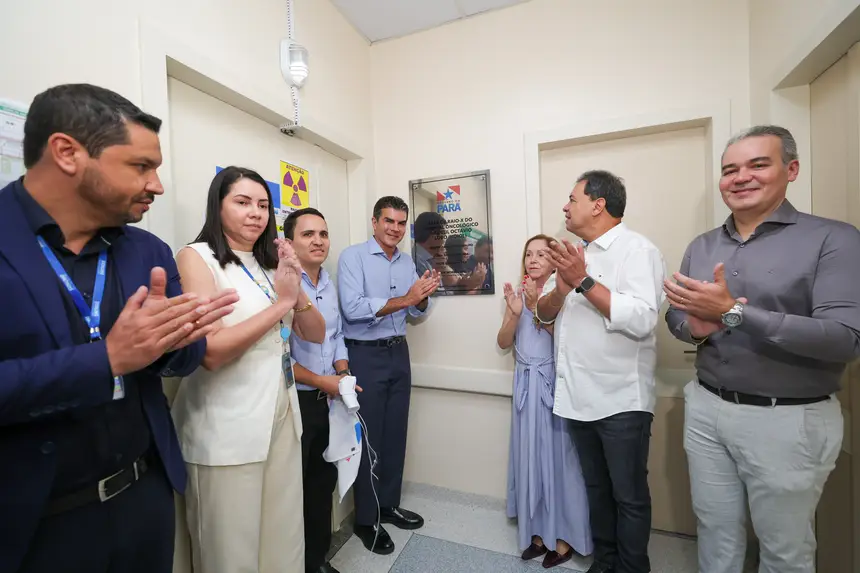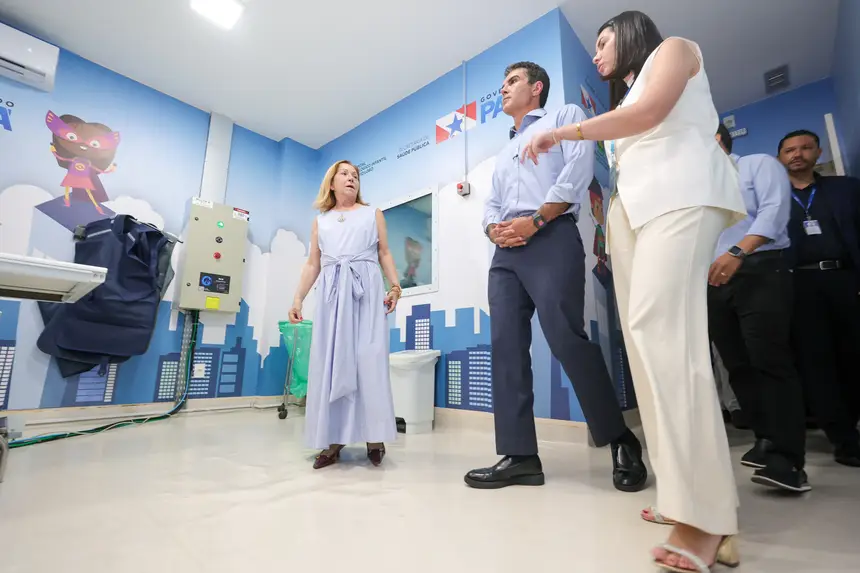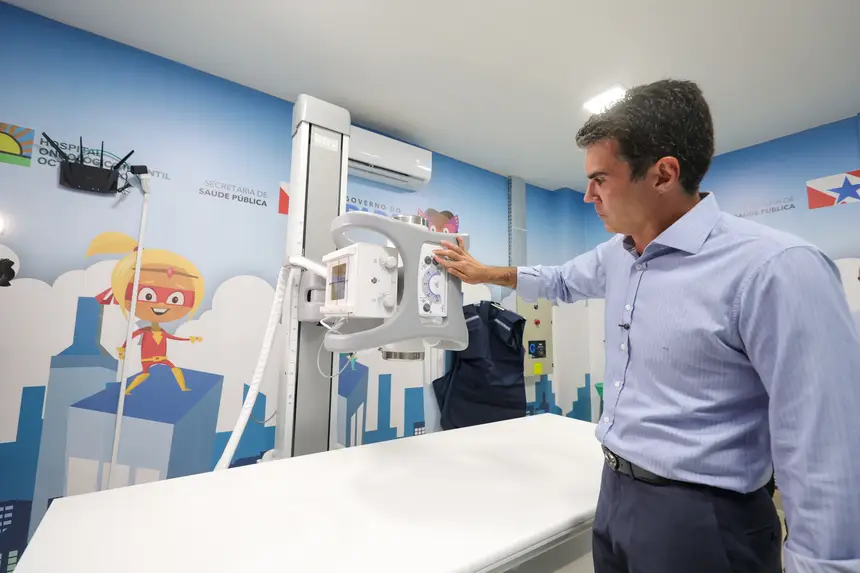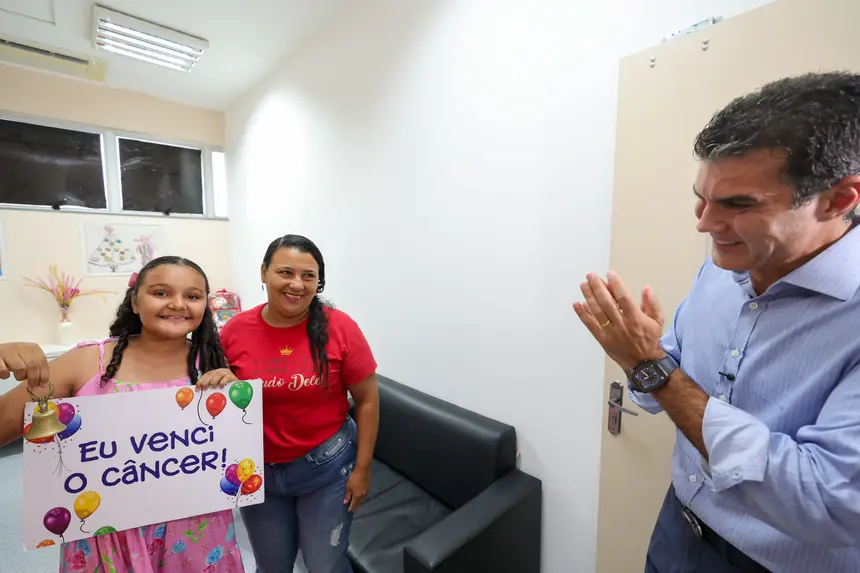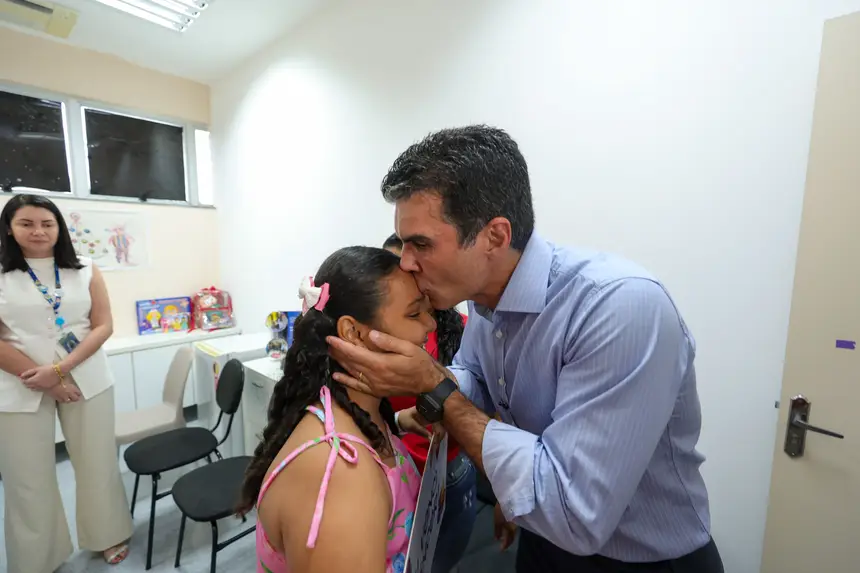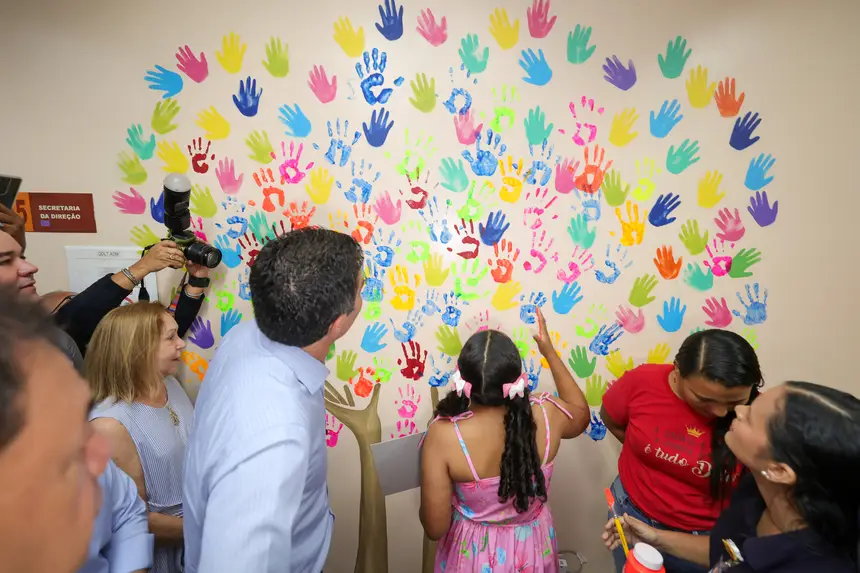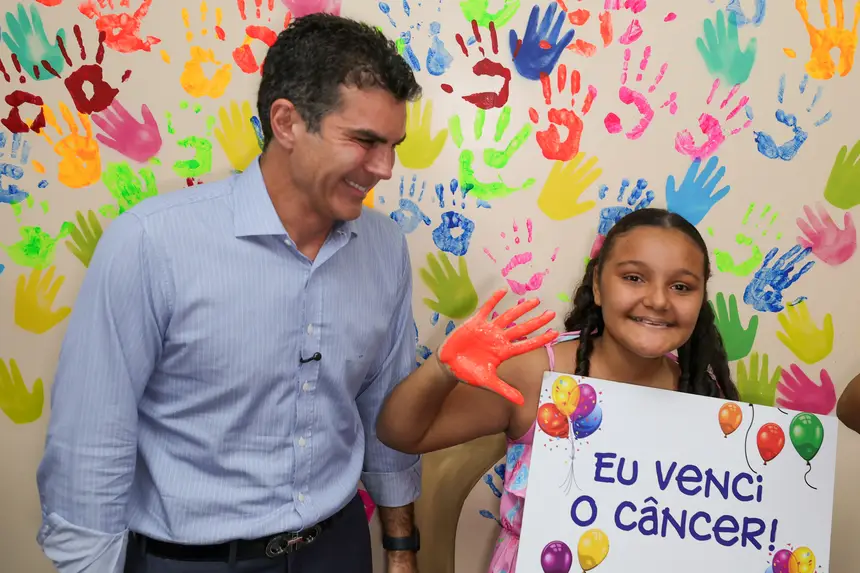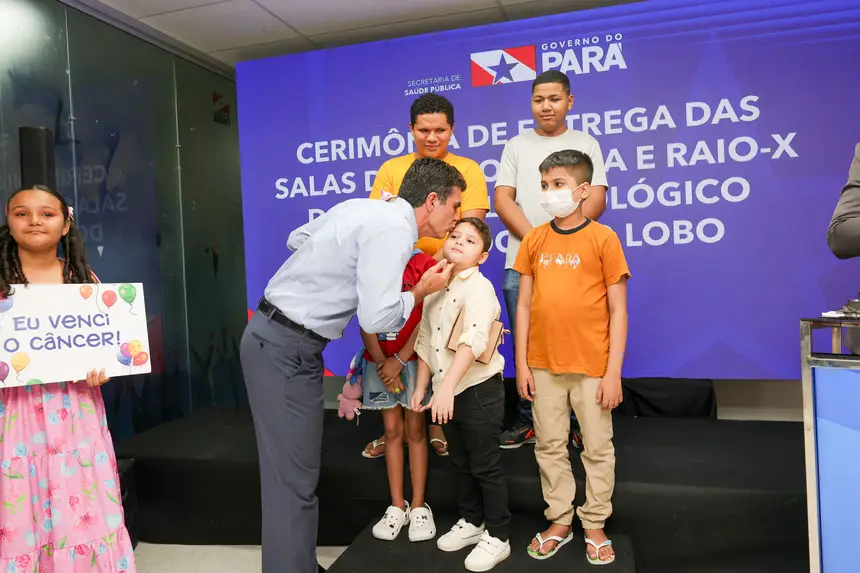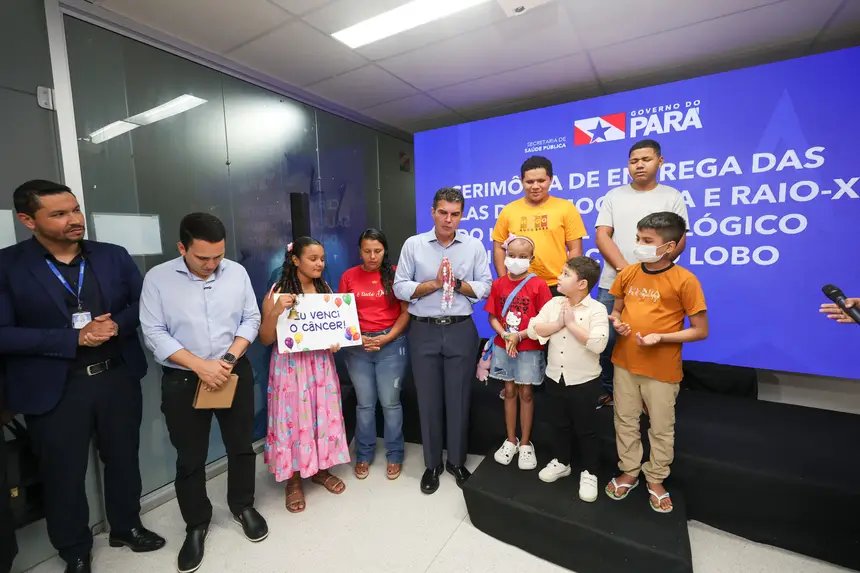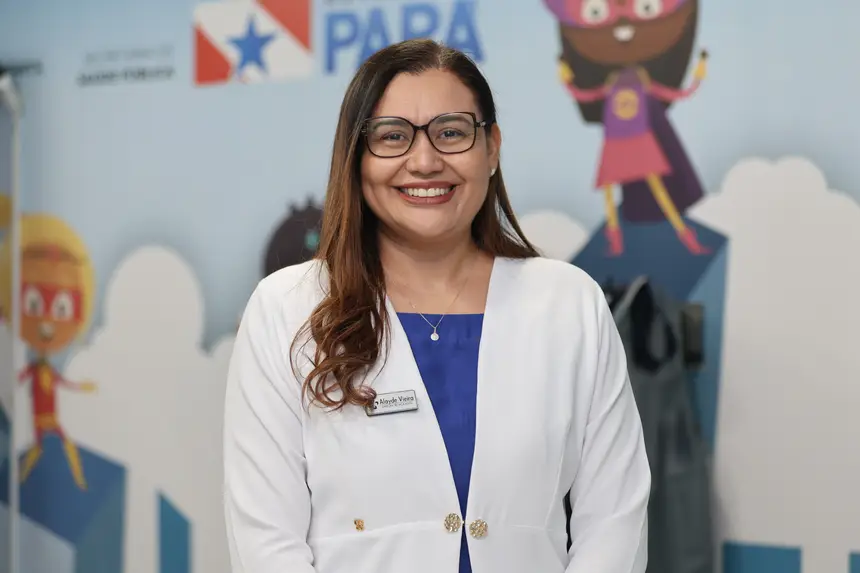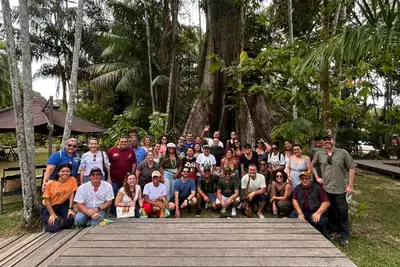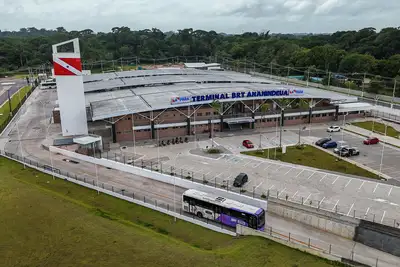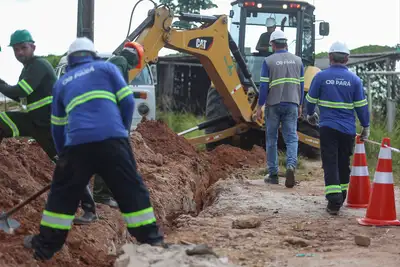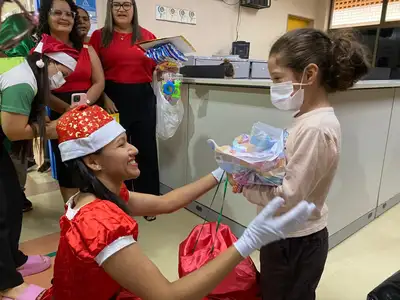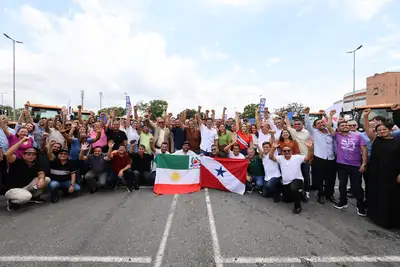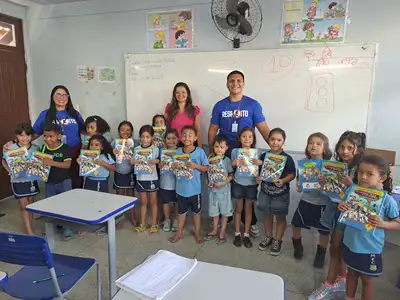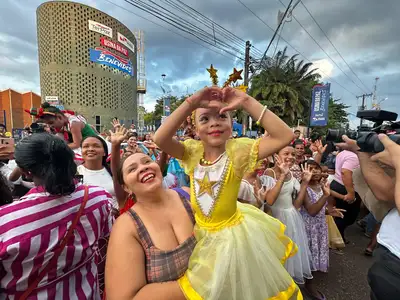Government delivers new rooms and equipment to the Children's Oncology Hospital with an investment of R$ 5.7 million in hospital infrastructure
Partnership between the State, the Children's Cancer Institute, and the Church of Jesus Christ of Latter-day Saints strengthens high-complexity care for children and adolescents
The Government of Pará, through Governor Helder Barbalho, officially delivered two new rooms, one for tomography and one for X-ray, along with a set of hospital equipment to the Octávio Lobo Children's Oncology Hospital (Hoiol) on Wednesday (22). This action represents an investment of R$ 5.7 million, resulting from a partnership between the State, the Children's Cancer Institute (ICI), and the Church of Jesus Christ of Latter-day Saints (LDS Church).
The initiative strengthens high-complexity care for children and adolescents undergoing cancer treatment and marks another advancement in the modernization of the state health network. The governor emphasized that the delivery reaffirms the State's commitment to ensuring quality and humane care for the population.
“Today, we celebrate an important advancement to better serve, care for, expand the structure, and above all, improve the quality of life of our patients at the Octávio Lobo Children's Oncology Hospital. With this equipment, along with other investments, we reinforce the hospital's diagnostic structure, ensuring quality treatment and, above all, a warm welcome for our children who need oncology care. Therefore, this important advancement comes so that we can continuously improve oncology care in our region, the health for those who need this service,” stated Helder Barbalho.
As a reference in the treatment of childhood cancer in the Amazon, Hoiol was selected in 2023 by “Hands That Help,” a humanitarian program of the ICI. The unit was chosen among 53 Brazilian institutions after a thorough evaluation of projects aimed at improving the services provided to users of the Unified Health System (SUS). With the investment, the unit expands its technological park and enhances the assistance offered to patients.
Entitled “National Pediatric Oncology – Hoiol,” the project delivered 162 hospital resources including new equipment, devices, surgical instruments, and furniture. The renovations of the spaces were carried out by the LDS Church, in partnership with the State Department of Public Health of Pará (Sespa), while the installation process was monitored by the hospital's management, the Secretary, and representatives of the donating organization. The investment modernized strategic sectors such as the surgical center, the Intensive Care Unit (ICU), and the Transfusion Agency (TA).
The State Secretary of Public Health, Ivete Gadelha Vaz, highlighted the importance of the deliveries for the state health network. “This partnership represents a significant advancement for the state health network, especially in childhood oncology care. With these new pieces of equipment, we strengthen the capacity for diagnosis and treatment at Hoiol, ensuring more agility and quality in the assistance provided to children and adolescents in the Amazon. It is an investment that reaffirms our commitment to a more modern, efficient, and humane public health.”
Managed by the Institute Diretrizes (ID), under a management contract with Sespa, Hoiol is part of the state health network and operates as a High Complexity Oncology Unit (Unacon). For the regional director of ID, Lucas Urel, the selection of the Pará institution reflects recognition of the work developed at the unit.
“The approval of the project in such a rigorous selection as that of ‘Hands That Help’ is a recognition of the administration and the work carried out by so many professionals who tirelessly dedicate themselves to the oncology treatment of children and adolescents. The donation and investment in the unit's infrastructure represent the guarantee of more technology, more efficiency, and, above all, more dignity for the users,” stated Lucas Urel.
Program - Created in 2000, “Hands That Help” is a permanent humanitarian aid program that unites private companies, public agencies, media outlets, NGOs, and religious institutions. The initiative demonstrates the importance of uniting efforts to strengthen the support network and improve the quality of treatment provided to the population.
With the delivery of the computed tomography room, the performance of imaging exams, previously outsourced, will now occur within the unit itself, expanding diagnostic capacity and reducing patient wait times. About 250 exams are expected to occur monthly. The fixed X-ray machine with computed radiography is expected to perform around 400 monthly exams.
Before the arrival of the new equipment, patients were referred to other units, needing to wait for stabilization of those in more serious condition. Now, they will be performed in the unit itself with the presence of an anesthesiology service, which will allow for faster and more efficient sedation, providing more comfort, safety, and tranquility during the care of pediatric patients.
Equipment - Among the items made possible by the project are ventilators, digital pediatric scales, heated cribs, advanced care incubators, syringe pumps, defibrillators, emergency carts, electrocardiographs, pediatric laryngoscope kits, neonatal laryngoscope kits, adult laryngoscope kits, stretcher carts with support, and multiparameter monitors, essential for monitoring vital signs of severely ill patients, allowing for quick adjustments in treatment and early interventions.
Also delivered were pneumatic mattresses, transport stretcher mattresses, negatoscopes, ophthalmoscopes, otoscopes, reclining chairs, ventilators, refrigerators with digital temperature controllers for medications, IV stands, hospital bed mattresses, cuff meters, portable surgical lights, intubation fiberscopes, multiparametric monitors with capnography and complete sensors, anesthesia machines, video laparoscopic towers, platelet agitators, laboratory freezers, tube connectors, and Bispectral Index - BIS monitors. Equipment such as craniotomies, neuroendoscopes, and surgical microscopes renew the technological park, replacing outdated equipment.
The general director of Hoiol, Sara Castro, celebrated the delivery and highlighted the practical impact of modernizing and expanding the institution's technological park. “Hoiol completed 10 years of foundation on October 12, and these deliveries are like a great gift to our users. Each piece of equipment represents one more step in the fight against childhood cancer, as they enable us to offer diagnoses and treatments with more precision, comfort, and safety.”
Social Responsibility - The value of the donation comes from the contributions of faithful and members of the religious institution. “The Church of Jesus Christ feels honored by the opportunity to support the work you do and we congratulate you on this action in favor of those who need it most,” stated Taiane Salles from the Department of Humanitarian Projects, Welfare, and Self-Sufficiency of the religious organization.
Cured patient rings the Victory Bell and dreams of becoming a pediatrician
During the deliveries, alongside her mother Taíse Ribeiro, 40 years old, and the State Governor, Helder Barbalho, student Ariane Ribeiro, 11 years old, rang the Victory Bell. The journey against cancer lasted 9 years. “She had a lot of drowsiness, abdominal swelling, fever, and night sweats. She was diagnosed with leukemia,” recalls the mother.
In the hospital, mother and daughter hold many memories. “I would hear other children ring the bell and I would feel very hopeful. My heart is a whirlwind of emotion. Cancer treatment is not easy, but my daughter won. We all won. I made a promise to Our Lady of Nazaré and my daughter was cured. In the prayers I made, it was always a conversation with a request for healing, a request made from mother to mother,” said the mother.
For the housewife, the unit's team represents support. “I feel tranquility and joy. It is good to be able to count on the staff and know that they are with us. I am from the countryside of the State and here at the hospital (Hoiol, in Belém) they were a very significant support. They are also our family,” she highlighted.
Ariane recalled the humanization actions experienced during her hospital routine. “I would stay in the playroom, I liked to draw. My childhood was different because of the disease, I didn't go out. But now I can. Believe in God and praise the Lord,” said the girl. She now dreams of becoming a pediatrician. “I want to be like the doctors who treated me. I want to be a very caring, cheerful doctor, and I will take care of those who need it most,” she stated.
About Hoiol - Inaugurated in 2015, the Octávio Lobo Children's Oncology Hospital is a reference in the treatment of childhood cancer and is part of the public health network of Pará. The unit offers comprehensive and free care to patients aged 0 to 19, focusing on humane and multiprofessional care. Currently, it serves over 1,000 children and adolescents and performs about 35,000 specialized consultations per month.
Hoiol is the largest hospital in Brazil in terms of the number of beds authorized by the Unified Health System in pediatric oncology. With the technological and structural reinforcement provided by the partnership, the unit consolidates its role as a reference center in pediatric oncology in the Amazon and strengthens its mission to offer comprehensive, free, and humane treatment.
Text: Ellyson Ramos and Leila Cruz - Ascom Hoiol




